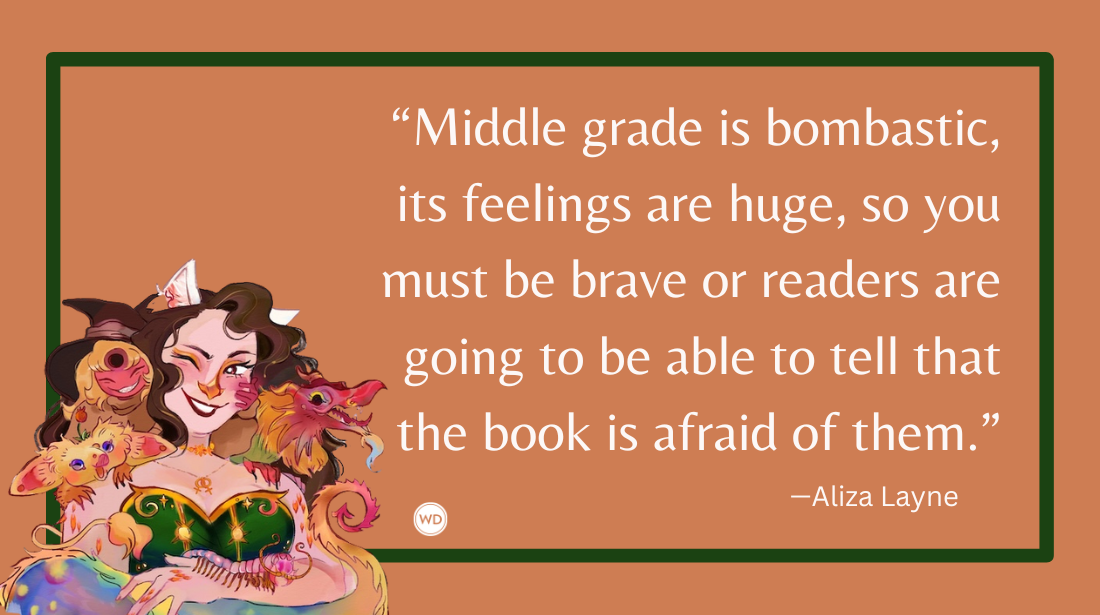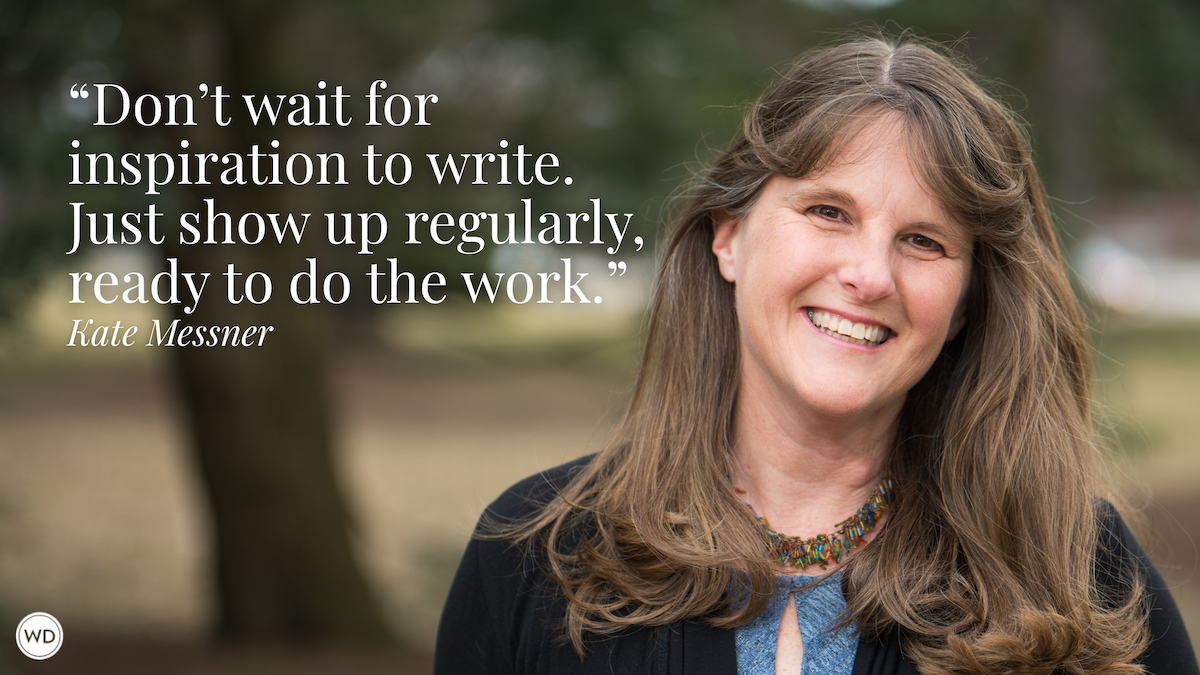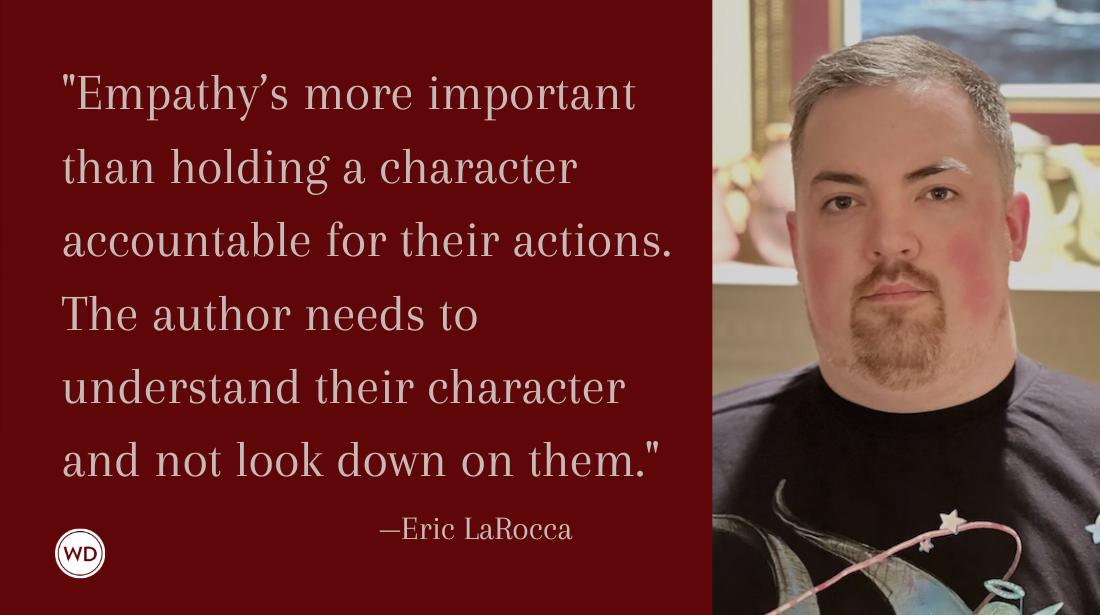The 3 Questions That Will Solve Every “Plot Problem” You’ll Ever Have
Whether you’re an outliner or an organic writer—a plotter or a pantser—the solution to almost every plot problem can be found by answering three simple questions.
Whether you're an outliner or an organic writer—a plotter or a pantser—the solution to almost every plot problem can be found by answering three simple questions.
The following excerpt is from Steven James' book Story Trumps Structure.
Initially, most authors land somewhere on the continuum between outlining and organic writing. If you try to fit your story into a predetermined number of acts or a novel template, you’re more of an outliner.
If you don’t care how many acts your story has as long as you let your characters struggle through the escalating tension of your story in a believable way, you’re more organic.
Both organic writing and outlining have their inherent strengths and weaknesses. (Yes, even organic writing can, in some cases, lead you astray if you don’t let all three questions listed on the next page guide your writing.) Outliners often have great high-concept climax ideas. Their stories might escalate exponentially and build to unforgettable endings. However, characters will sometimes act in inexplicable ways on their journey toward the climax. You’ll find gaps in logic. People will do things that don’t really make sense but that are necessary to reach the climax the writer has decided to build toward.
Organic writers are usually pretty good at craft ing stories that flow well. The events are believable and make sense. However, sometimes the narratives can wander, and although the stories are believable, they might also end up being anticlimactic as they just fizzle out and don’t really go anywhere.
So outlining often results in problems with continuity and causality, while organic writers often stumble in the areas of focus and escalation.
Outliners tend to have cause-effect problems because they know where they need to go but don’t know how to get there. Organic writers tend to have directionality problems because they don’t necessarily know where they’re going, but things follow logically even if they lead into a dead end.
… [W]hichever approach you’ve been using, you can build on its strengths and solve its weaknesses by asking the following three questions and letting the answers influence the direction of your story.
1. “What would this character naturally do in this situation?”
This focuses on the story’s believability and causality—everything that happens in a novel needs to be believable even if it’s impossible, and because of the contingent nature of fiction, everything needs to follow causally from what precedes it.
2. “How can I make things worse?”
This dials us in to the story’s escalation. Readers always want the tension to tighten. If the
story doesn’t build, it’ll become boring and they’ll put it aside.
3. “How can I end this in a way that’s unexpected and inevitable?”
Here we’re shaping the scenes, and the story as a whole, around satisfaction and surprise. So the story has to move logically, one step at a time, in a direction readers can track—but then angle away from it as they realize that this new direction is the one the story was heading in all along. However, readers don’t want that ending to come out of nowhere. It needs to be natural and inherent to the story.
The first question will improve your story’s believability. The second will keep it escalating toward an unforgettable climax. The third will help you build your story, scene by twisting, turning scene.
Organic writers are good at asking that first question; outliners are good at asking the second one. As far as the third, organic writers will tend to have believable endings and outliners will tend to have unpredictable ones.
The way you approach writing will determine which of those questions you most naturally ask and which ones you need to learn to ask in order to shape effective stories. …
DIVE INTO THE QUESTIONS
I should mention that, in regard to the first of the three key questions listed above, some writing instructors teach that we should ask ourselves “If I were this character in this situation, what would I do?” rather than “What would this character naturally do in this situation?”
There’s a subtle but significant difference. One of these questions puts you in the scene, and the other emphasizes the character’s response.
It’s important that you move yourself out of the story and let the characters you’ve created take over. I don’t want to imagine myself as the character. I want to observe the character responding as she would, not as I would if I were her. Step further away from yourself, and remove your own views as much as possible from the situation.
Incidentally, the first two questions also help authors who strive to write books that are either character-centered or plot-centered (remember, however, that no story is character-driven or plot-driven because all stories are tension-driven).
The first question helps plot-centered authors develop deeper characterizations. The second question helps character-centered authors develop plots that are more gripping.
The central struggles of the main character (internal, external, and interpersonal) will only be ultimately satisfied at the story’s climax. As we write the scene-by-scene lead-up, we are constantly deepening and tightening the tension in those three areas.
Some climaxes implode because they lack believability, others because they don’t make sense or they’re too predictable, others because they don’t contain escalation of everything else in the story and end up being disappointing.
Let me reiterate: The solution to most of these problems is keeping the promises you’ve made to your readers by maintaining believability, creating endings that are inevitable and yet unexpected, tightening the tension, ratcheting up the action, relentlessly building up the suspense, heightening the stakes, and escalating to a finish that reaches its pinnacle at just the right moment for the protagonist and for your readers.
Let those three questions filter through every scene you write.
- “What would this character naturally do in this situation?”
- “How can I make things worse?”
- “How can I end this in a way that’s unexpected and inevitable?”
If you’re attentive to them, they’ll crack open the nut of the tale for you.
Have an amazing story idea, but need to learn the basics of how to write a book? WD University's Fundamentals of Fiction will take you through all of the basics of writing a novel including how important it is to choose a great setting, how to build characters, what point of view you should choose, how to write great dialogue, and more. Register today!
Steven James is the critically acclaimed author of thirteen novels. He serves as a contributing editor to Writer’s Digest magazine, hosts the biweekly podcast The Story Blender, and has a master’s degree in storytelling. Publishers Weekly calls him “[a] master storyteller at the peak of his game.” Steven’s groundbreaking book Story Trumps Structure: How to Write Unforgettable Fiction by Breaking the Rules won a Storytelling World award as one of the best resources for storytellers in 2015. When he’s not working on his next novel, Steven teaches Novel Writing Intensive retreats across the country with New York Times Bestselling author Robert Dugoni.








